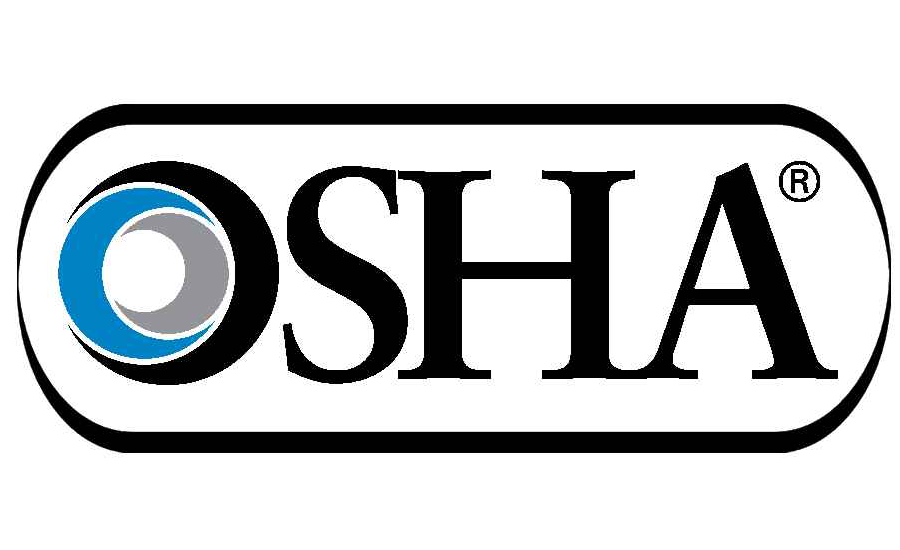The Occupational Safety and Health Administration (OSHA) issued temporary guidance on enforcement of initial and annual fit-testing requirements in the Respiratory Protection standard for Powered Air Purifying Respirators (PAPRs). Enforcement discretion is limited to healthcare personnel or other workers engaged in high- or very high-exposure-risk activities.
instructed compliance safety and health officers (CSHOs) to exercise discretion in response to ongoing respirator shortages during the coronavirus disease 2019 (COVID-19) pandemic. COVID-19 is a respiratory disease caused by infection with the SARS-CoV-2 virus.
The agency instructed CSHOs to exercise enforcement discretion when considering issuing citations for the fit-testing requirements when employers have:
- Provided PAPRs using a high efficiency (HE) particulate cartridge or filter to protect personnel from SARS-CoV-2 when initial and/or annual fit testing is infeasible due to shortages of N95, N99, N100, R95, R99, R100, P95, P99, and P100 respirators or fit-testing supplies;
- Monitored fit-testing supplies and made good-faith efforts to obtain fit-testing supplies;
- Implemented engineering controls, work practices, or administrative controls that reduce the need for respiratory protection, such as using partitions, restricting access, and cohorting patients; and
- Maintained all elements of a fully compliant respiratory protection other than fit-testing requirements.
The policy permits the use of tight-fitting PAPRs approved by the National Institute for Occupational Safety and Health (NIOSH) for protection against the coronavirus when initial and/or annual fit testing is infeasible due to respirator and fit-testing supply shortages.
The guidance does not apply to PAPRs:
- That have not been approved by NIOSH;
- Used by workers with low or medium exposure risk to the coronavirus or for protection against airborne hazards other than SARS-CoV-2, such as chemical hazards; or
- That are loose-fitting and hooded and that do not require fit testing.
The agency’s rationale is that due to limited availability of N95 filtering facepiece respirators (FFRs), many N95 FFRs are being used only under contingency and crisis-capacity strategies such as extended use and respirator decontamination and reuse.
As opposed to disposable N95 FFRs, tight-fitting PAPRs are designed to be cleaned and reused. If employers switch from N95 FFRs to tight-fitting PAPRs, it will reduce the demand for N95 FFRs, according to the agency, and the number of employees affected by the strategies that many employers are implementing to deal with N95 FFR shortages.
Officials are encouraging employers to take steps to prioritize the use of available fit-testing supplies to protect employees who must use respirators for high-risk procedures. OSHA also said that employers should reassess their engineering controls, work practices, and administrative controls to identify any changes they can make to decrease the need for N95 FFRs used for protection against hazardous dusts and airborne biological hazards. Employers also should consider whether it is feasible to increase the use of wet methods or portable local exhaust systems for dust-generating operations or to move operations outdoors so that N95 FFRs are not necessary. Employers also should consider taking steps to temporarily suspend certain nonessential tasks to limit potential exposure to the hazardous dust and other respiratory hazards, according to OSHA.
To address ongoing shortages of N95 FFRs, employers should consider the use of alternative classes of respirators that provide equal or greater protection compared with N95 respirators, such as N99, N100, R95, R99, R100, P95, P99, and P100 FFRs; NIOSH-approved, nondisposable elastomeric respirators; or loose-fitting or tight-fitting PAPRs.









